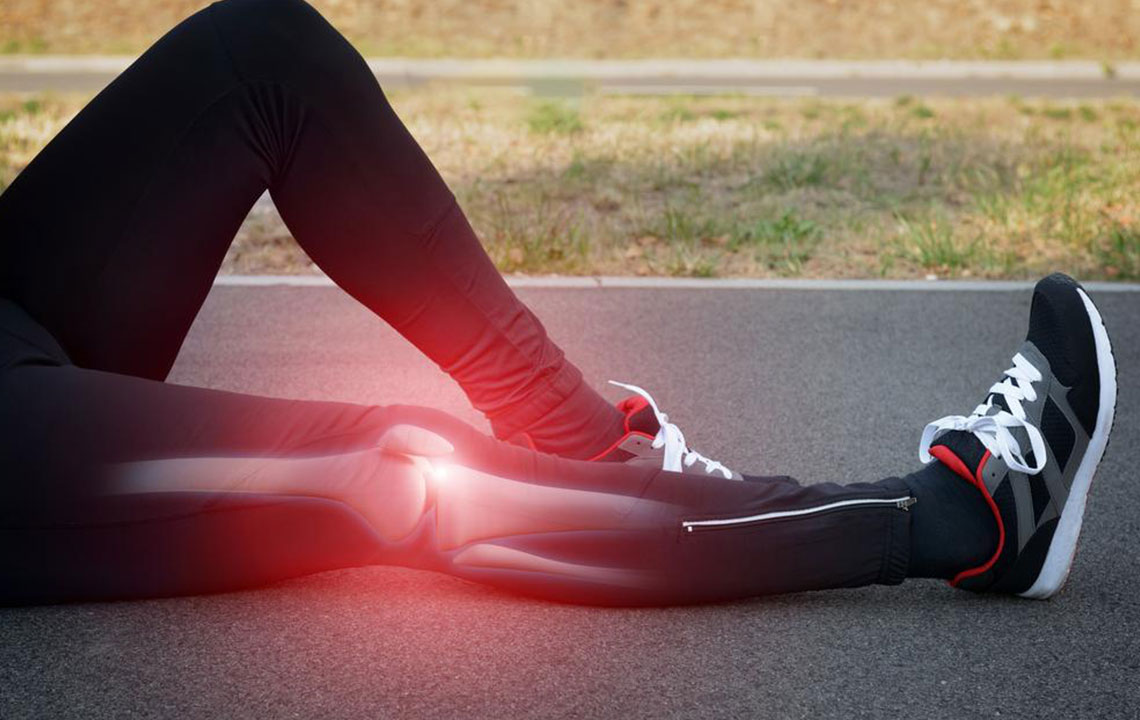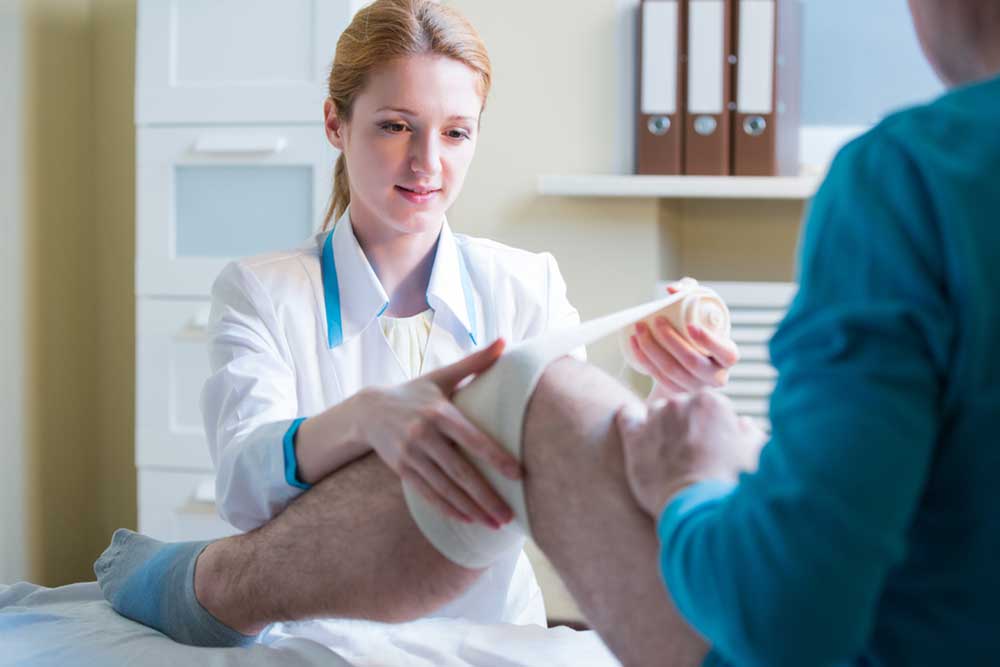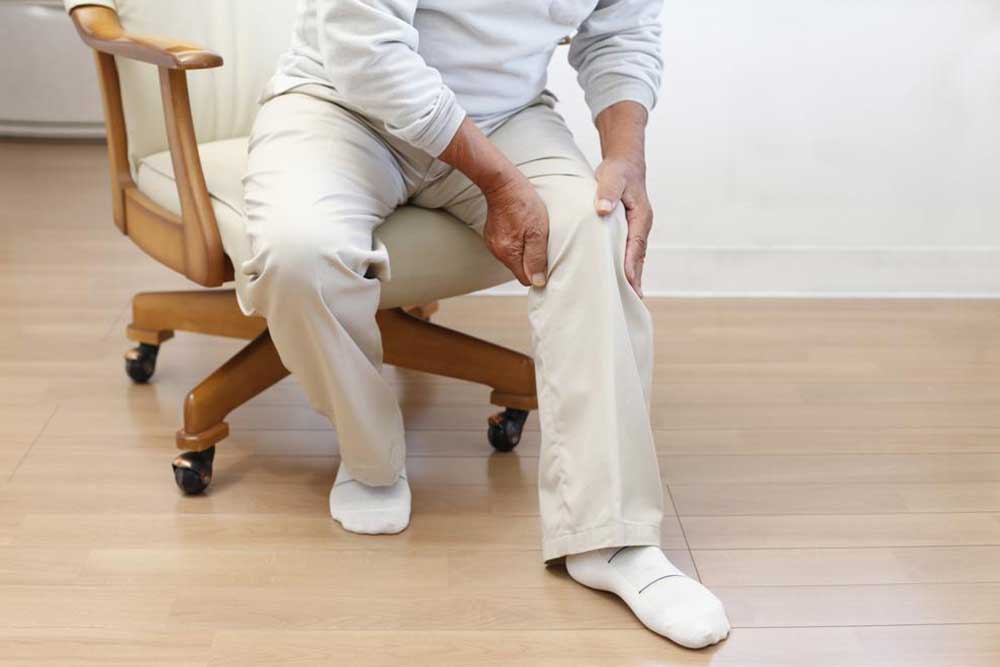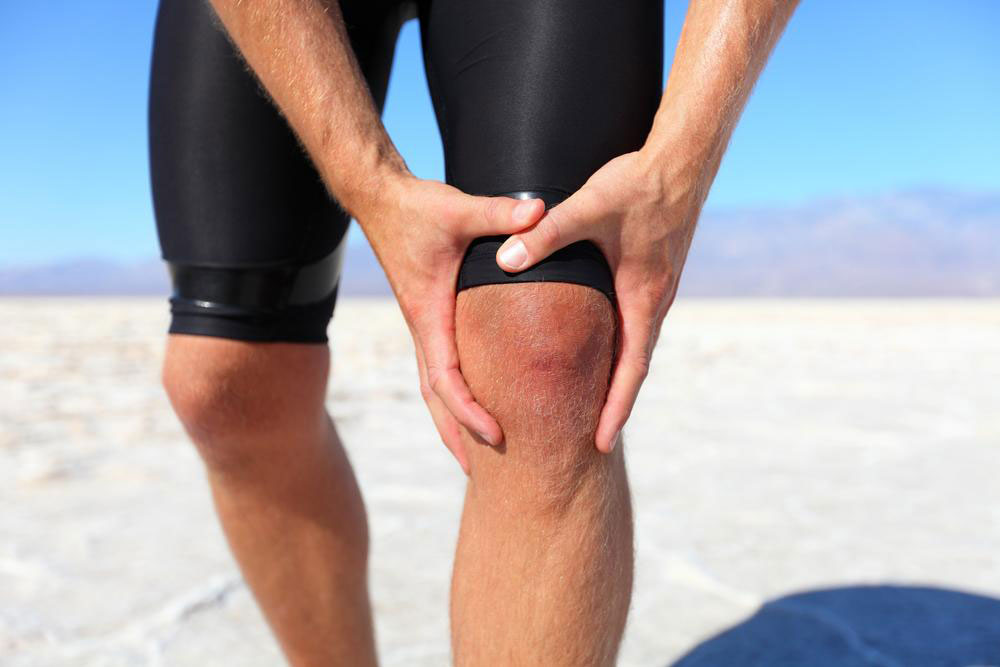Comprehensive Guide to Posterior Knee Pain: Causes, Symptoms, and Effective Management Strategies
This comprehensive guide explores posterior knee pain, covering its symptoms, common causes like Baker's cyst, cartilage tears, CPPD, hamstring injuries, and tumors. It emphasizes the importance of accurate diagnosis and tailored treatment options, including conservative methods and surgery if needed. Reading this detailed article provides valuable insights into managing and preventing posterior knee discomfort effectively.

Comprehensive Guide to Posterior Knee Pain: Causes, Symptoms, and Effective Management Strategies
Knee discomfort located at the back of the leg is a common complaint that can stem from a variety of underlying issues involving the joints, nerves, ligaments, bones, muscles, blood vessels, or even the skin. Recognizing the exact cause of posterior knee pain is crucial for effective treatment and relief. This detailed guide explores the symptoms, potential causes, and management options to help individuals better understand and address this condition.
The pain experienced at the back of the knee can be localized or radiate to neighboring areas like the ankle, foot, or thigh. It may be felt during physical activity or even when resting, with some cases worsening at night. The underlying issues are often linked to inflammation caused by injuries or medical conditions affecting the various tissues that comprise the posterior knee region. This area includes complex structures, making posterior knee pain a multifaceted problem that may also be accompanied by symptoms such as weakness, numbness, cramps, or swelling. Proper diagnosis is key to determining the most effective treatment plan.
Understanding the various causes of posterior knee pain can empower patients and healthcare providers to choose appropriate interventions. The causes vary considerably, depending on the structure involved and the nature of the injury or disease. Here, we delve into some of the most common reasons behind knee pain at the back.
Popliteal Cyst (Baker's Cyst): A common cause of posterior knee swelling and discomfort is the development of a Baker's cyst. These cysts often result from underlying joint conditions like arthritis, cartilage damage, or meniscal tears. The cyst forms when excess joint fluid leaks into the popliteal space behind the knee. Symptoms include swelling, stiffness, and sometimes a visible lump. While many cysts resolve spontaneously, persistent or painful cysts may require medical intervention through aspiration or sometimes surgical removal.
Cartilage Tears: Injuries to the menisci, the cartilage discs in the knee, can cause sharp pain, swelling, and difficulty moving the knee. Meniscal tears are common in athletes or individuals involved in twisting actions or sudden directional changes. The pain typically worsens during movement, bending, or twisting. Conservative treatments include physical therapy, rest, and anti-inflammatory medications, but severe cases may necessitate surgical repair.
Calcium Pyrophosphate Dihydrate Disease (CPPD): Also known as pseudogout, this age-related condition involves crystal deposits in the joint lining, leading to inflammation. Patients often experience sudden swelling, warmth, and intense pain, which can be mistaken for gout. Managing CPPD involves anti-inflammatory drugs, joint rest, and in some cases, joint aspiration. Early diagnosis is vital to prevent mismanagement and reduce joint damage.
Hamstring Injuries: Overstretching or inadequate warm-up can result in strained or torn hamstring muscles at the back of the thigh, which can radiate pain to the posterior knee. Symptoms include bruising, localized swelling, muscle weakness, and limited knee movement. Rest, ice, compression, and elevation (RICE), along with physical therapy, are effective treatment options. Severe tears may require surgical repair.
Tumors and Other Masses: Rarely, lumps or masses in the posterior knee region can indicate benign or malignant tumors. These may present with pain, swelling, and restricted knee mobility. Prompt medical assessment, imaging, and biopsy are necessary to determine the nature of the growth. Treatment varies depending on the diagnosis and may include surgical excision, radiation, or chemotherapy.
Given the variety of underlying causes, accurate diagnosis by healthcare professionals is essential. Diagnostic procedures might include physical examinations, imaging tests such as MRI or ultrasound, and sometimes joint aspiration or biopsy. Once the cause is identified, treatment can be tailored to the specific condition. Many cases of posterior knee pain respond well to conservative measures like rest, ice, compression, elevation, physical therapy, and medications. Surgical options are considered when conservative treatments fail or in the case of structural damages requiring correction. Maintaining a healthy weight, practicing proper warm-up techniques before physical activity, and avoiding overexertion can help prevent many cases of posterior knee pain.




